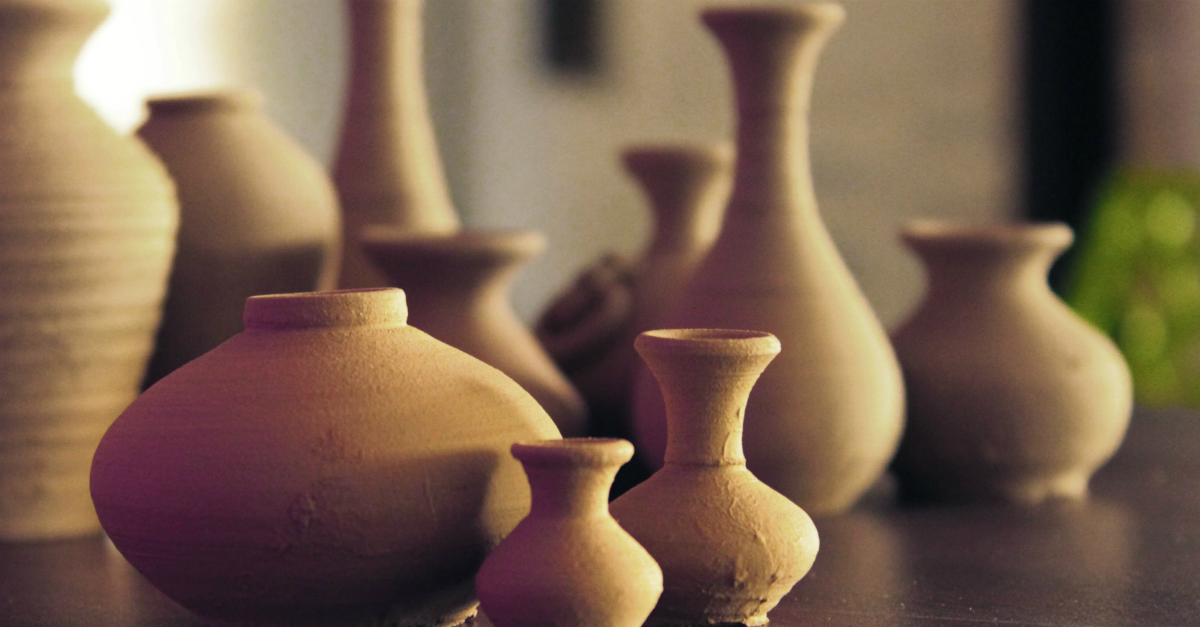
New research in Israel on a 3,000-year-old clay jug supports the biblical story of Solomon receiving a visit from the Queen of Sheba because it suggests the two kingdoms already had a relationship, according to the archaeologist who studied it.
The research, published in a paper in Hebrew University’s Jerusalem Journal of Archaeology, involves a large pottery jug that was discovered in Jerusalem in 2012 and contained a seven-letter inscription that researchers up until now had considered to be Canaanite.
But the new paper, authored by archaeologist and epigrapher Daniel Vainstub, asserts that the inscription is Sabaean – the language spoken by the people of Sheba, a kingdom in South Arabia some 1,200 miles away. Vainstub is a professor at Ben Gurion University of the Negev in Israel.
The jug dates to the era of King David and King Solomon.
In a new study published in @HebrewU‘s Journal of #Archaeology, Dr. Daniel Vainstub deciphers a partially preserved inscription that was found on the neck of a large jar dated back to the time of King Solomon. https://t.co/6QZBlUVZ4H #excavation #history #archeology
— AFHU (@AmFriendsHU) April 3, 2023
Multiple factors, Vainstub wrote, “not only made a relationship between Sheba and the Kingdom of Solomon possible but also rendered it essential and highly profitable for both.”
“It provides a hook for determining if there is a kernel of historical truth to this biblical account,” he wrote. “Scholars who answered the question positively even before the extensive new research of South Arabia that had begun in the 1990s … and others who have based their opinions on the data of the last two decades, will find strong support of their opinion in the inscription.”
The Bible, in 1 Kings 10, says that when the “queen of Sheba heard of the fame of Solomon concerning the name of the Lord, she came to test him with hard questions.” It further states that “Solomon answered all her questions; there was nothing hidden from the king that he could not explain to her.” The Bible says the queen brought spices, gold and precious stones. Solomon, in turn, gave her gifts, the Bible says.
Vainstub proposes that the inscription on the jar reads “ladanum,” an incense.
“Deciphering the inscription on this jar teaches us not only about the presence of a speaker of Sabaean in Israel during the time of King Solomon, but also about the geopolitical relations system in our region at that time — especially in light of the place where the jar was discovered, an area known for also being the administrative center during the days of King Solomon,” he said in a news release. “This is another testament to the extensive trade and cultural ties that existed between Israel under King Solomon and the Kingdom of Sheba.”
Photo courtesy: ©Unsplash/Oshin Khandelwal, this is a stock image.
Michael Foust has covered the intersection of faith and news for 20 years. His stories have appeared in Baptist Press, Christianity Today, The Christian Post, the Leaf-Chronicle, the Toronto Star and the Knoxville News-Sentinel.
